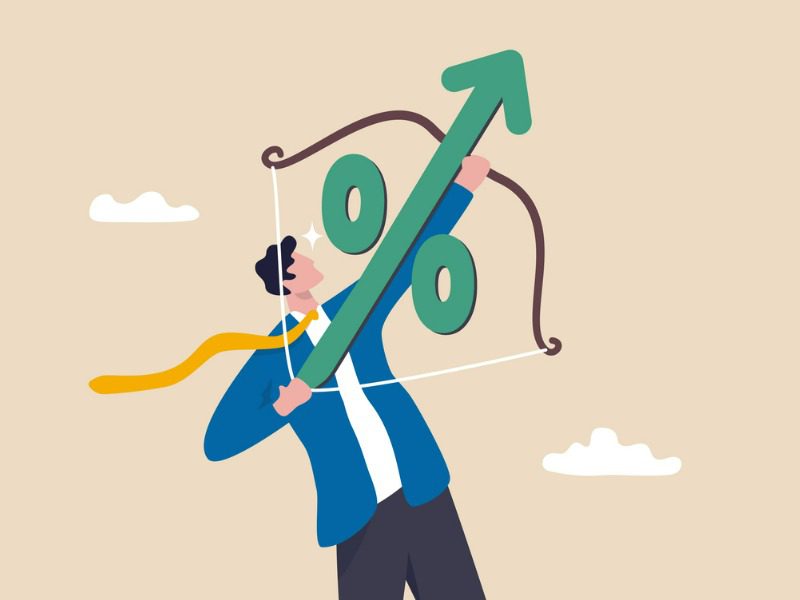How changing bond yields can help insurers fill their coffers

Bond investments make up a large percentage of insurance companies’ investment portfolios.
And bond investors have faced challenges throughout 2022, with rising yields causing returns to lag at historic levels, Michael Cook, vice president, client relations & LDI client portfolio manager at CIBC Asset Management, wrote in the Property and Casualty Insurance Compensation Corporation’s latest issue of Solvency Matters.
Still there are options for investors who are reviewing their portfolio positions for the upcoming year, including attractive opportunities presented by corporate bonds.
“Companies relying on steady and reliable returns are likely looking at their portfolios a little bit closer when thinking about the next year,” Cook wrote. “The majority of property and casualty (P&C) asset exposure is in shorter maturity bonds…but similar trends exist in the mid- and long portions of the curve.”
For many bond indexes, return data through late August 2022 has been poor. That includes the FTSE TMX [Financial Times Stock Exchange/Toronto Stock Exchange] Short-Term Bond Index, which recently saw its worst performance since the 1980s.
“With central banks battling inflation seemingly for the first time in decades, it is no mystery how we’ve ended up with these performance numbers,” Cook said. “Yields have risen, and the fear of a looming recession has pushed credit spreads wider.”
Credit spreads are the difference in yield between government bonds and other debt instruments, such as corporate bonds, that mature within the same period, according to various investment industry sources. Generally, credit spreads get wider when traders favour government bonds (which are viewed as lower risk) rather than corporate bonds.
But there is what Cook called a ‘silver lining’ within all this uncertainty. The yield on that same FTSE TMX Short-Term Bond Index rose from 0.5% in January 2021 to over 4% as of August 2022 – a level not seen since before the 2008-2009 financial crisis.
Central bank interest rate hikes over the first half of this year “caused the whole yield curve to rise,” Cook noted. But since mid-year, he added, the longer end of the yield curve has flattened in response to expectations of recession-triggered rate cuts or a normalization of inflation.
“While this turbulence has not been a pleasant ride for bond investors, portfolios today are much better positioned for providing returns going forward, compared to when yields were half of one percent,” he said.
Feature image by iStock.com/Nuthawut Somsuk



